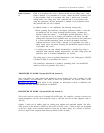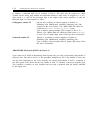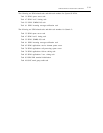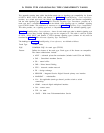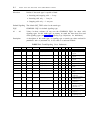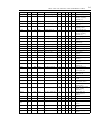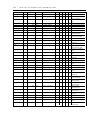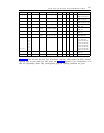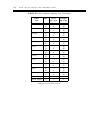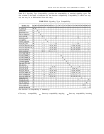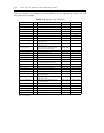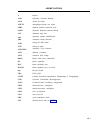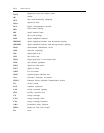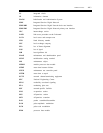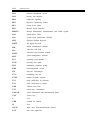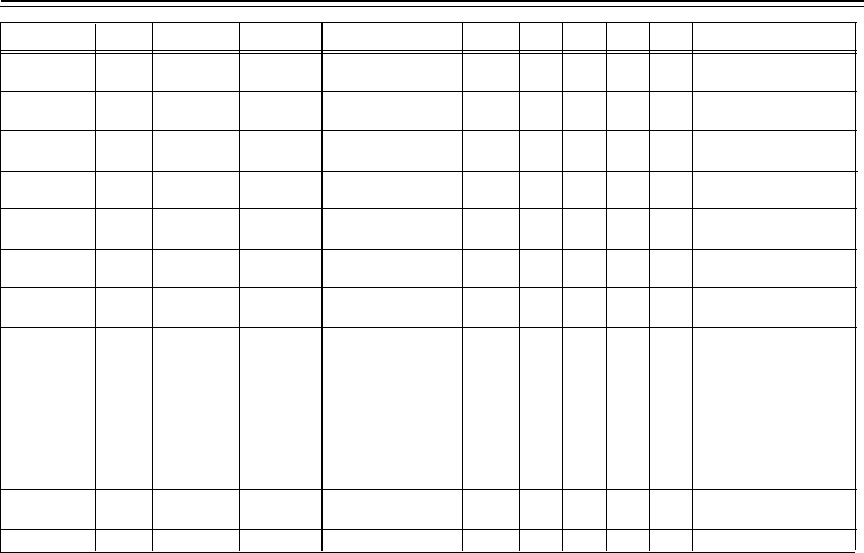
TRUNK TYPE AND SIGNALING TYPE COMPATIBILITY TABLES
D-5
A1
A2
A3
A4
EQU Feature Direction
Default Signaling
102
NA 2-way
s_channel_signaling
Description
pooled data module
trunk for modem pool
host access
trunk, 2-way, pim
Trunk Type
EQU
18
18
18
dtlpdm
103
NA 2-way
s_channel_signaling
104
NA 2-way
s_channel_signaling
105
NA
2-way
s_channel_signaling
dtlha2w
dtlhaop
dtlap32
host access
trunk off-premises, dtim
host access
trunk, ap32
host access
trunk, eia
106
NA
2-way
s_channel_signaling
107
NA
2-way
18
18
18
5
11
dtleia
dtlisn
dmi_a_wa
s_channel_signaling
host access
trunk, isn
NA
2-way
em_ws_in_is_out
20
20
111
112
113
114
115
116
dmi a-bit,
wink in/auto out
dmi a-bit,
2-way wink start
reserved for dtl trunks
reserved for dtl trunks
reserved for dtl trunks
reserved for dtl trunks
reserved for dtl trunks
reserved for dtl trunks
reserved for dtl trunks
108
dmi_a_ww
109 NDM-I
2-way em_ws_in_wdd_out
110
dmi_a_ww
117
name defined for range
check only
isdn dynamic trunk
dtlresv
isdn_dyn 120
ISDN/PRI
2-way
dmi_isdn_mos
20
Table D-2, R2V4 Alternate Signaling Type Translations, translates, where needed, the R2V4 alternate
signaling type for each trunk type. This allows the table D-3, Signaling Type Compatibility, to be
used for compatibility checks. Only trunk/signaling type pair requiring translation are given.



